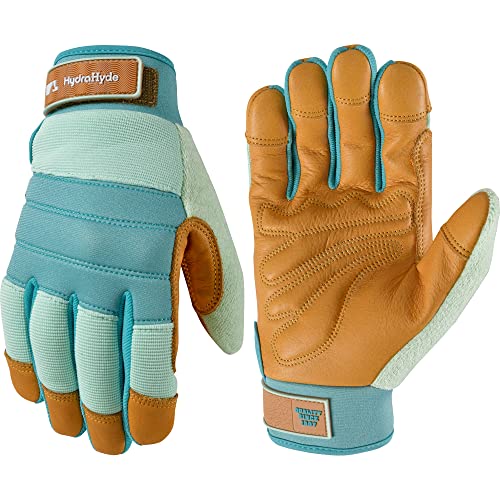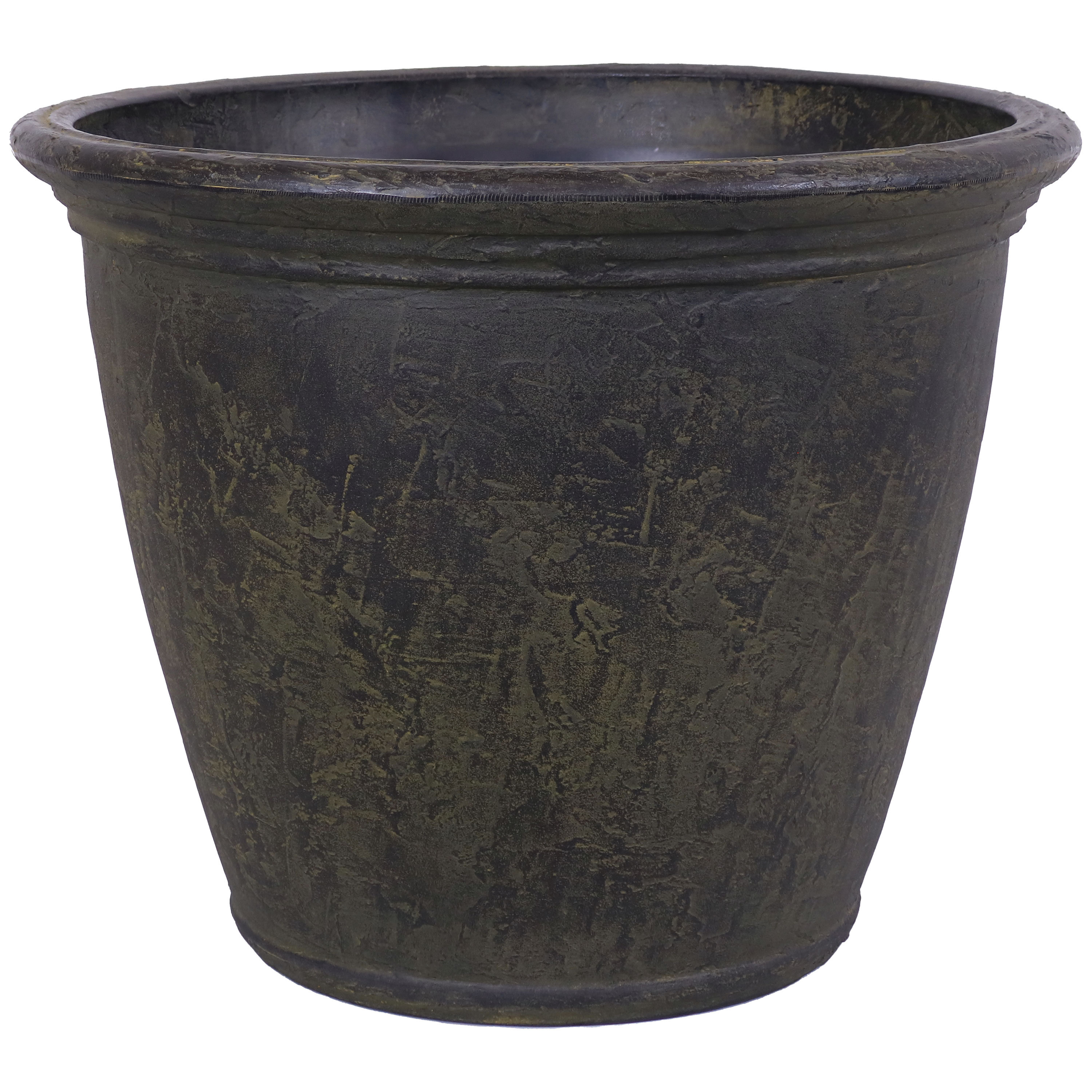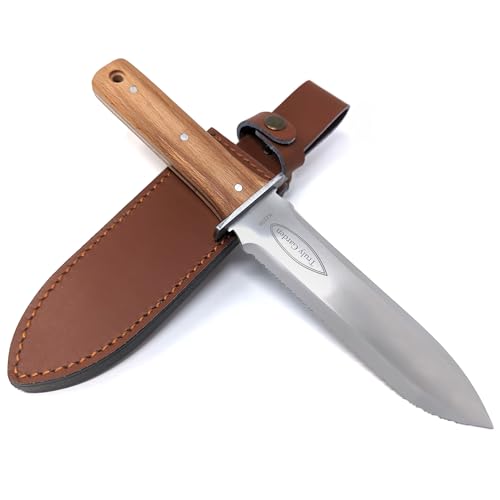Best plants for a minimalist garden – 9 varieties to create structure, space, and serenity
According to design experts, these are the elegant, low-fuss plants to choose if you want a minimalist garden that's lush and luxe


In a world of constant noise and visual clutter, it's little wonder so many of us are searching for the best plants for a minimalist garden. After all, pared-back doesn’t have to mean barren; the plants you choose are actually more important than ever.
Yes, learning how to design a minimalist garden means understanding that every leaf, every silhouette, every shift in tone absolutely has to earn its place. Which might mean planting ornamental grasses to catch the light, evergreens to punctuate a gravel bed, a statement tree to cast bold shadows, or even low-maintenance drought-tolerant plants for a climate-aware space.
With fewer elements at play, essentially, each plant becomes a focal point, so it’s crucial to choose varieties that offer structure, longevity, and quiet drama. But how best to do this?
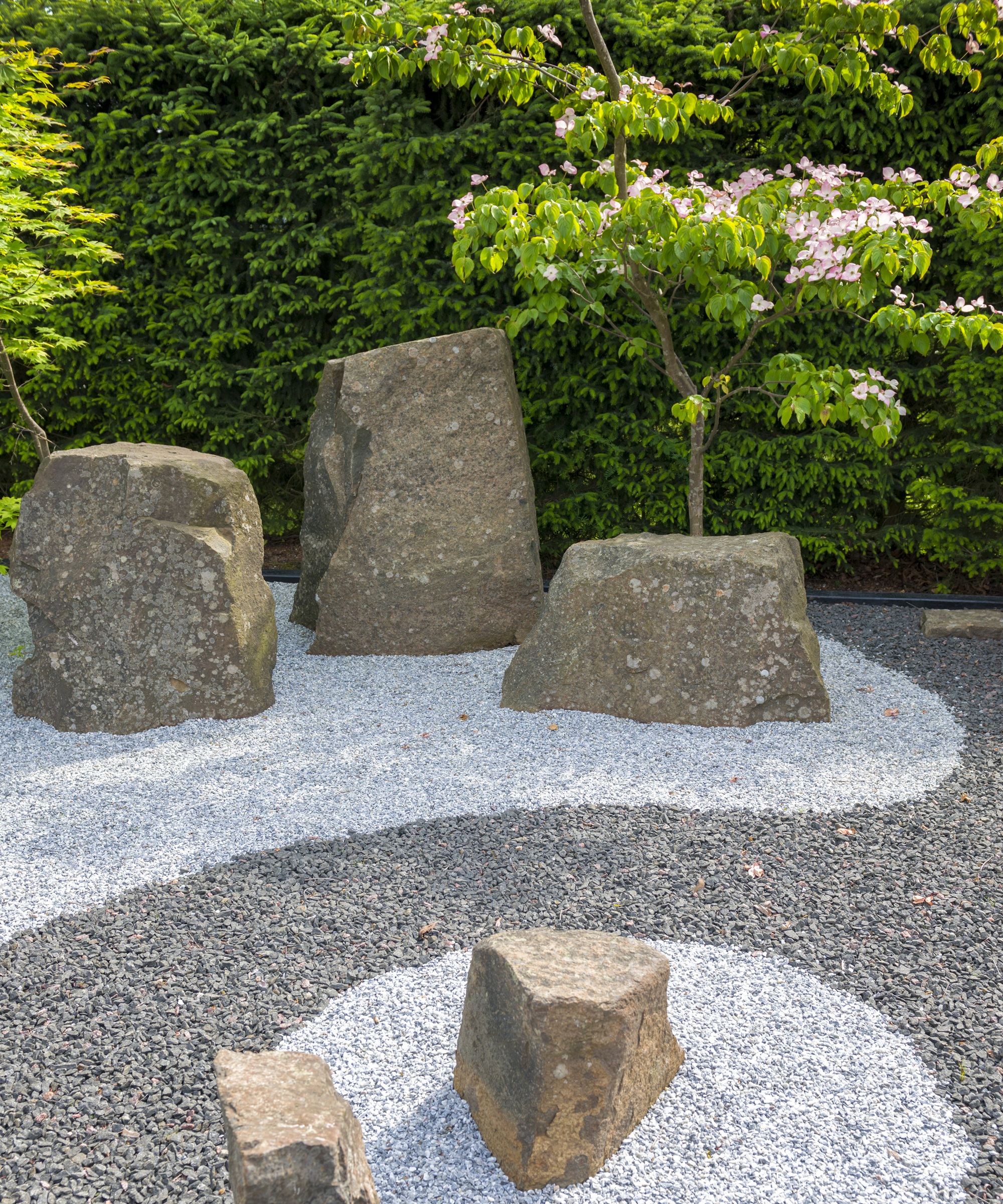
9 best plants for a minimalist garden
Texture and tone take centre stage in minimalist gardens, which means planting has to be very carefully considered – and beyond the best plants for sandy soil and the best plants for clay soil, too.
'Minimalist gardens can still be beautiful and have an aesthetic impact. While there are no “no maintenance” plants, there are some plants that require fewer gardening inputs or approaches to keep them looking good throughout the year,' promises Andrew Bunting, VP of Horticulture for the Pennsylvania Horticultural Society and author of The Plant Lovers Guide To Magnolias (available on Amazon).
'Gardening minimally does not mean there is no gardening. Using a few key shrubs and trees in a garden with multiple seasons of interest can create a minimalist garden while still having great ornamental interest and aesthetics throughout the season,' he adds.
If you're trying to choose the best plants for a minimalist garden, horticulturalist Ellen Mary Webster says it's vital you remember that 'minimalist gardens will usually be calm, peaceful, with thought given to the planting and clean lines for hedging, pathways and flower beds'.
Design expertise in your inbox – from inspiring decorating ideas and beautiful celebrity homes to practical gardening advice and shopping round-ups.
'Rather than a full herbaceous border such as often seen in a cottage garden, minimalist gardens will have mainly just a few varieties of plants giving texture, colour and interest throughout the year,' she says, citing lavender, shrub roses and box hedging as good options, along with Japanese maple.

Andrew Bunting is Vice President of Horticulture and leads the utilization of planting and design to promote environmentally sound gardening practices at PHS. Prior to arriving at PHS, Andrew worked at the Chicago Botanic Garden, Chanticleer Garden, and the Scott Arboretum for a tenure of 27 years, and has received many commendations for his work. In 2015, Andrew published his first book, “The Plant Lover’s Guide to Magnolias.”
1. Magnolia
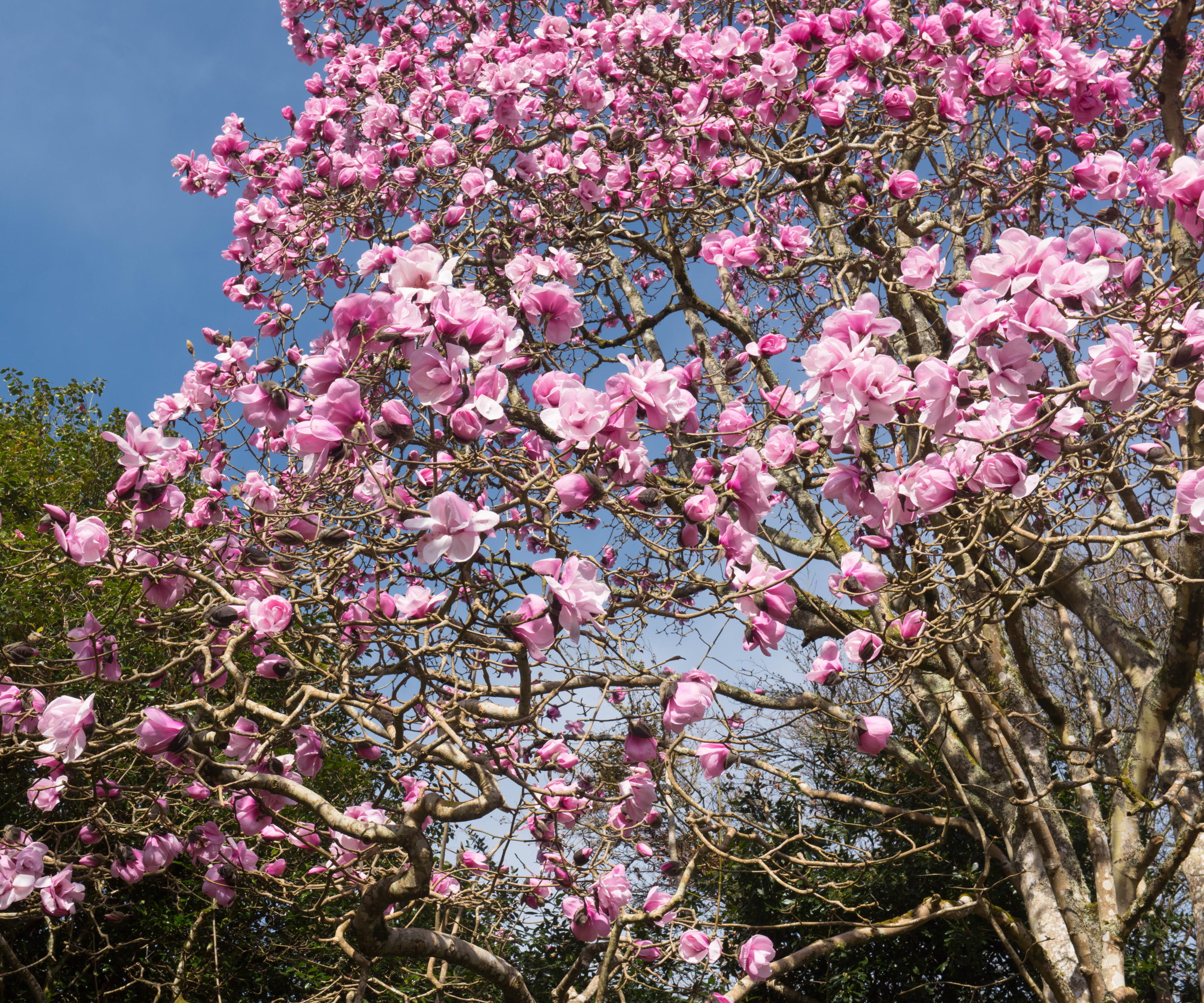
It stands to reason that magnolia trees are counted among the best plants for a minimalist garden; as Andrew explains, 'a few strategically placed trees will go a long way to provide interest in a garden with minimal plantings' – especially if it's a beautiful and ornamental one.
'Considered the queen of the flowering trees, there are many excellent magnolias,' he says, noting that, while magnolias generally thrive in USDA hardiness zones 4 to 10, specific species and cultivars may have different hardiness ranges.
'The saucer magnolia, Magnolia x soulangiana and a host of intriguing yellow magnolias including ‘Judy Zuk’, ‘Lois’, ‘Elizabeth’ and ‘Butterflies’ provide shade while offering aesthetic value,' promises Andrew.
See the range of magnolia trees available at Fast Growing Trees.
2. Ornamental grasses
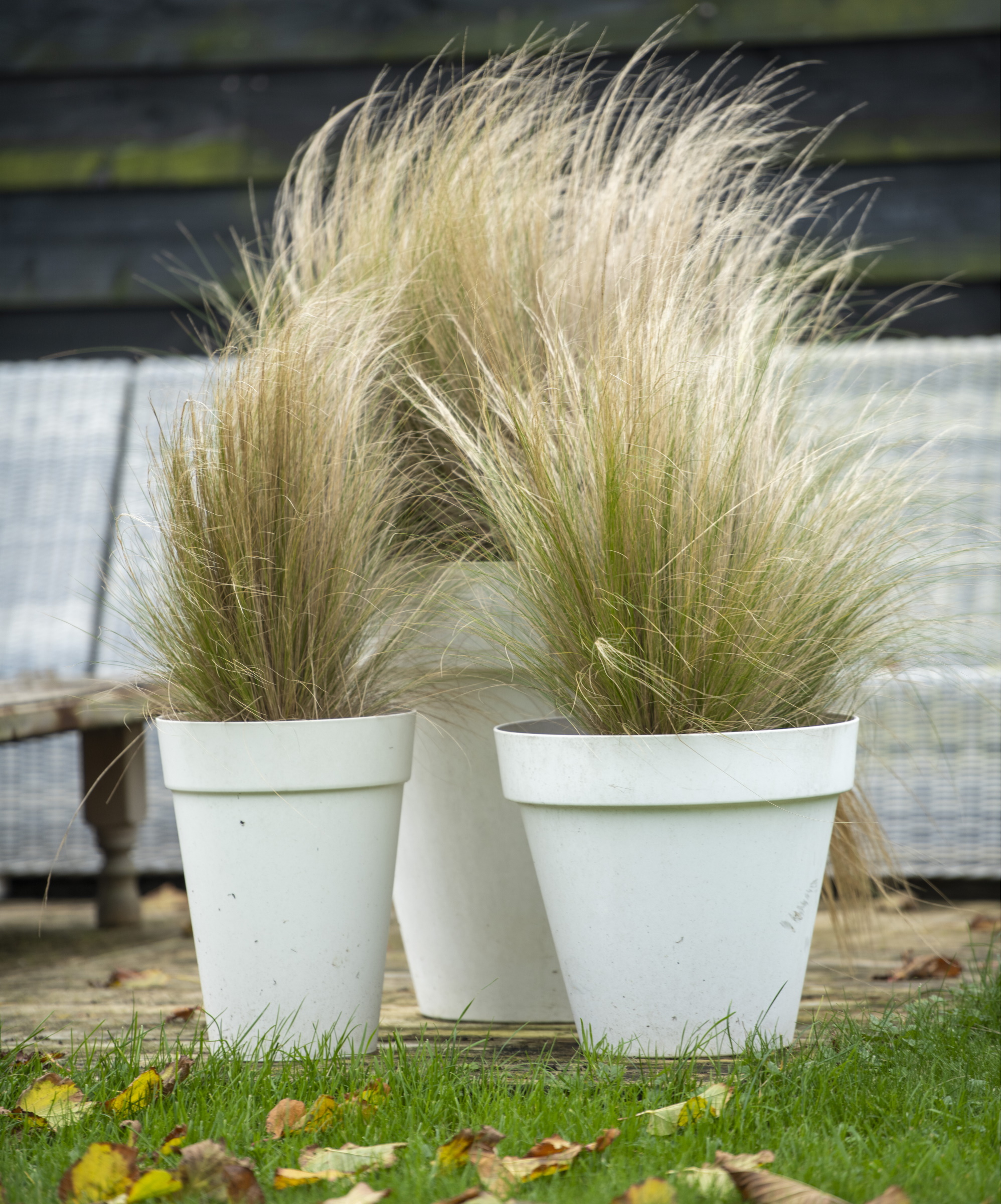
If you've learned how to grow ornamental grasses, then you're in luck; many varieties are included on the list of the best plants for a minimalist garden – not to mention a brilliant way to create a screening effect with very little effort.
'Some plant options for achieving a minimalist style garden are grasses that have soft movement, such as carex and miscanthus,' says Alexander Betz, landscape designer and founder of Plant by Number.
You'll be pleased to know that there really is an ornamental grass to suit every garden; anemanthele lessoniana can handle all kinds of neglect, including dry shade and zero watering, while bothriochloa bladji likes well-drained soil in full sun.
Even those with heavy clay can hop aboard this particular bandwagon if they choose to plant, say, deschampsia. However, it's important to read up on your new plant baby's needs; while most ornamental grasses are hardy to at least zone 4, each variety differs (and can do so drastically).

Alexander Betz is the CEO and founder of Plant By Number. As a professional landscaper early in his career in a new industry, Alex recognized the need for a more efficient planting method. Plant By Number takes the same design files used for traditional plantings, scales them, and prints them directly onto landscape fabric, a staple in the industry.
3. Hydrangea
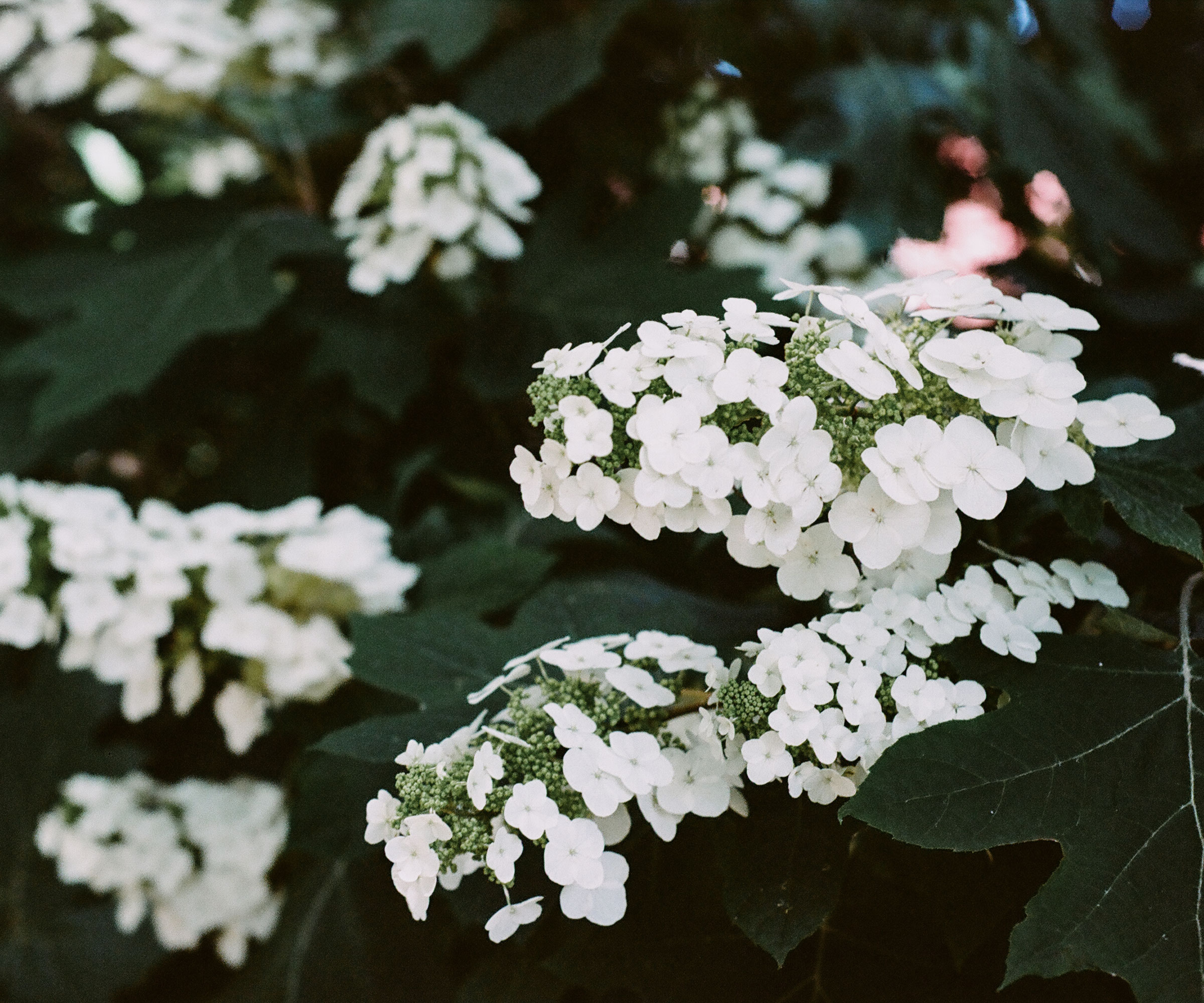
According to Andrew, evergreen shrubs – such as the inkberry holly, Ilex glabra – are great minimalist planting options as they have shiny evergreen leaves throughout every month, so long as you plant them in USDA plant hardiness zones 4-11.
'While some hydrangeas need maintenance, the oakleaf hydrangea, Hydrangea quercifolia, needs very little garden care,' he adds. 'It will thrive in full sun with upright panicles of white flowers. There are several outstanding selections including ‘Snow Queen’. In addition to the white flowers, it has wine red fall color.'
Ellen Mary Webster, author and professional gardener, agrees. 'Hydrangea arborescens ‘Annabelle’ (hardy in USDA zones 3-8) is a much loved white hydrangea which provides an abundance of big flowers and soft edges,' she says promisingly.
'Planted en masse in a row, hydrangea can look stunning, especially with a darker backdrop such as a wall or fence behind,' she finishes.

Ellen Mary is an experienced horticulturist, author and wellness advocate, and has appeared on TV in the USA and the UK. She has also spoken at shows around the world for many years, including BBC Gardeners World Live and RHS Hampton Court to name a few, and as a copywriter has articles published in many magazines, including Amateur Gardening Magazine and Grow Your Own.
4. Sedum
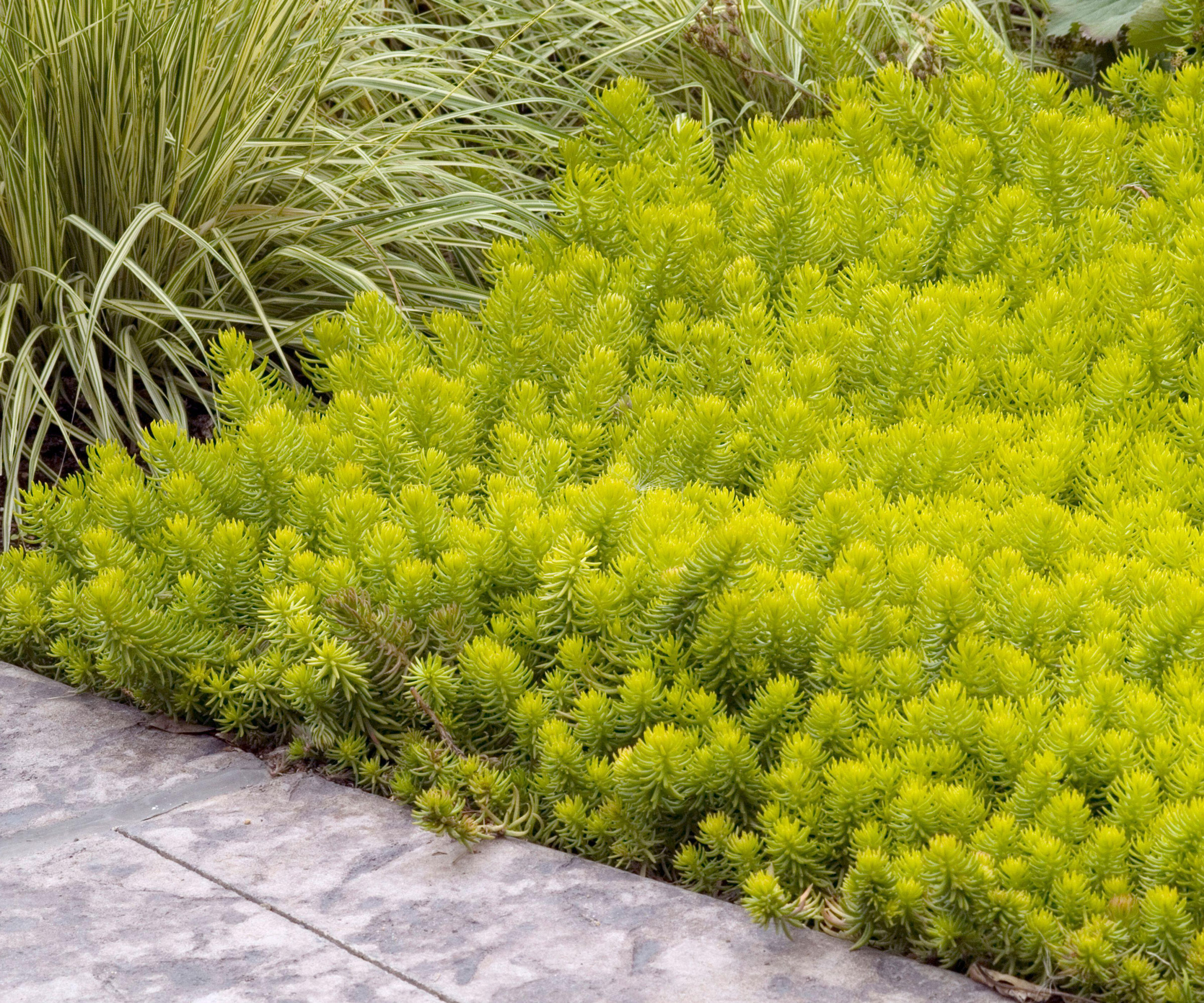
Sedum rupestre 'Angelina'
Hardy in USDA zones 3-11, there are hundreds of different easy-growing sedum species to choose from that can take high heat and low water, making them the ideal choice for a truly minimalist garden.
'Xeriscaping, also known as gravel gardening or water-wise gardening, is a technique involving planting plants that can thrive with minimal watering and need minimal maintenance once established,' explains Andrew.
'There are many plants that thrive in these conditions, but considerations might include sedum, hardy cactus, Adam’s needle, and Agave.'
See the range of sedum plants at Walmart.
5. Yucca
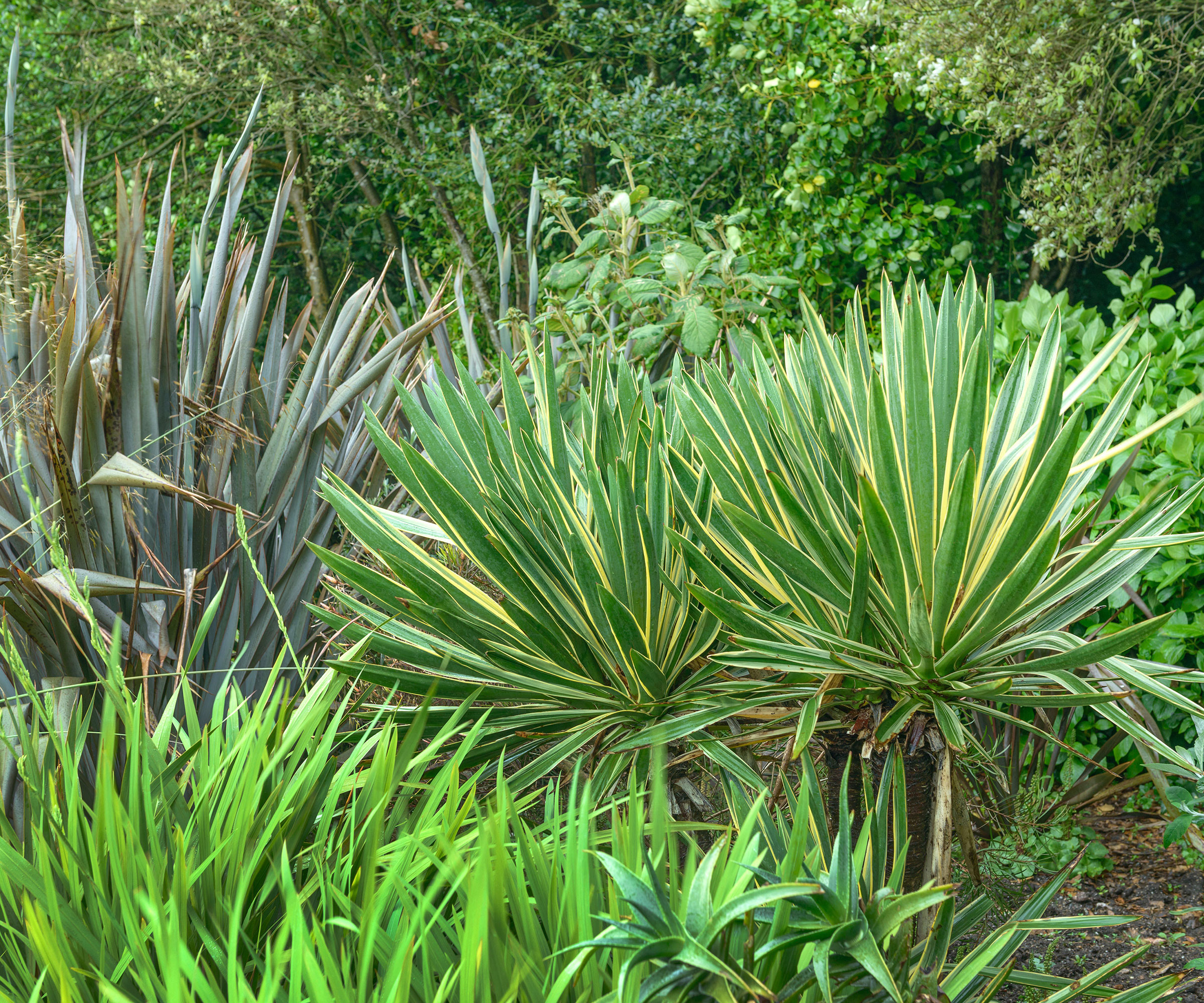
Andrew also rates yucca plants as one of the best plants for a minimalist garden.
They structural beauties generally thrive in zones 4-11, while some are more suited to zones 9-11. Still, while many are able to withstand temperatures well below freezing, be sure to read up on how to overwinter outdoor yuccas to protect your plants.
If you want something a little different (but stunning). try something like the drought-tolerant Adam's needle yucca, available from Nature Hills. Hardy in zones 4-10, this stunning cultivar is a hummingbird magnet thanks to its mass of creamy white flowers that can last for up to a month each summer.
6. Alliums
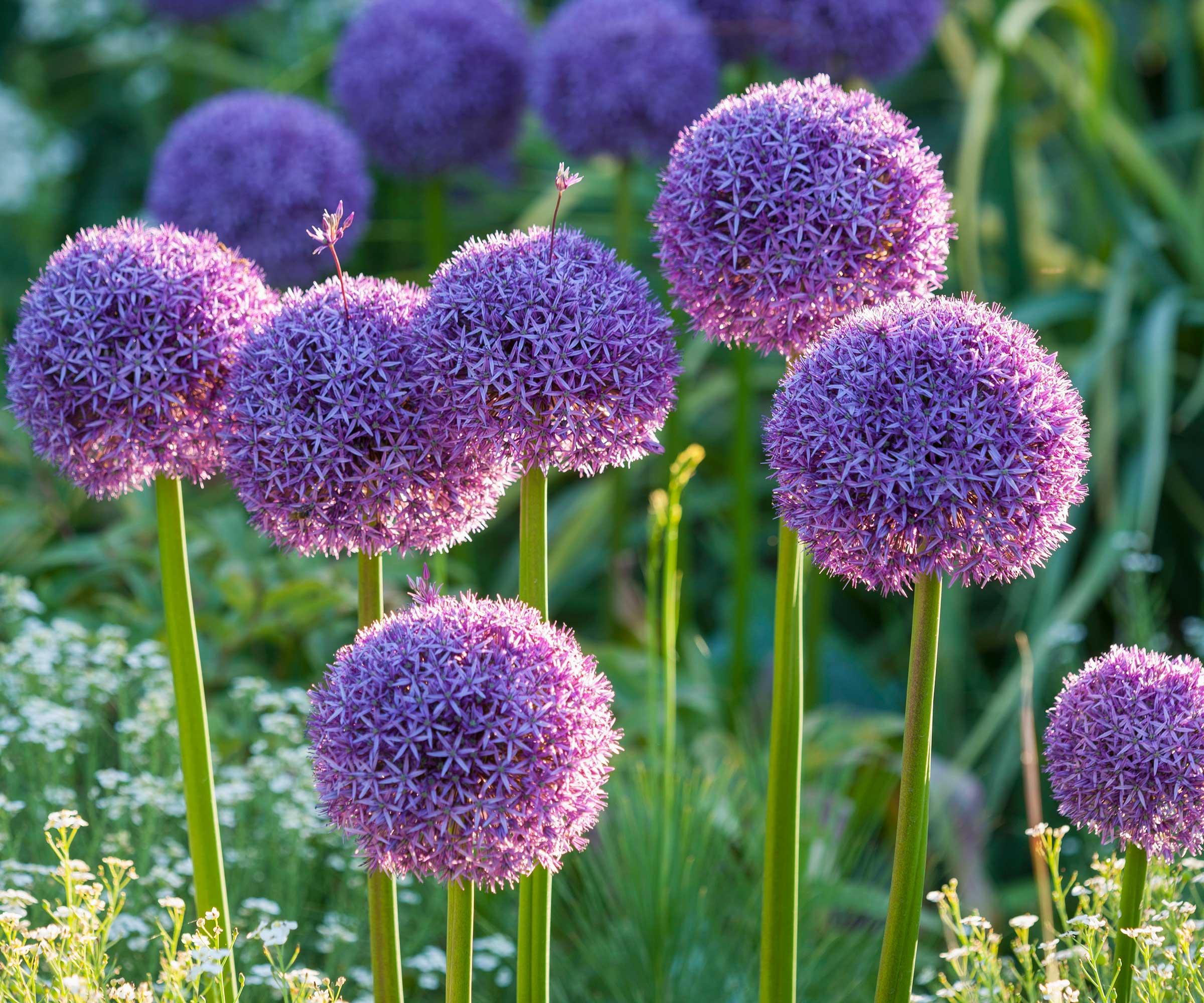
'Minimalist gardens often have a soft colour scheme and alliums work well with this style of garden,' says Ellen Mary Webster, author and professional gardener.
'Larger alliums such as ‘Christophii’, with their big globe shaped flower heads, provide colour and height. Allium giganteum have tall stems and purple or white flowers which work well growing behind box hedging, in beds and borders, especially popping up amongst ornamental grasses,' she adds.
Most allium varieties are hardy in USDA hardiness zones 3-8, although some species can handle up to zone 9 or even 11, but it's important to note that they prefer full sun and well-drained soil before you get planting in earnest.
7. Boxwood

'Boxwood (Buxus sempervirens) is one of the most classic plants used to edge beds and pathways. It can be clipped into shape easily and as an evergreen, it will provide colour all year,' says Ellen Mary.
It's q winter hardy plant, with the ability to endure temperatures as low as -17.8°C to -23.3°C, placing it within hardiness zone 6. Still, it's worth noting that many gardeners are choosing alternative evergreen shrubs to boxwood, so they can get that smart topiary-style look without the issues of pests and disease.
'Yes, boxwood does have some pest and disease issues, so this this does become a problem, great alternatives are Yew (Taxus baccata) and Bo Leaved Holly (Ilex crenata),' advises Ellen Mary.
8. Lavender
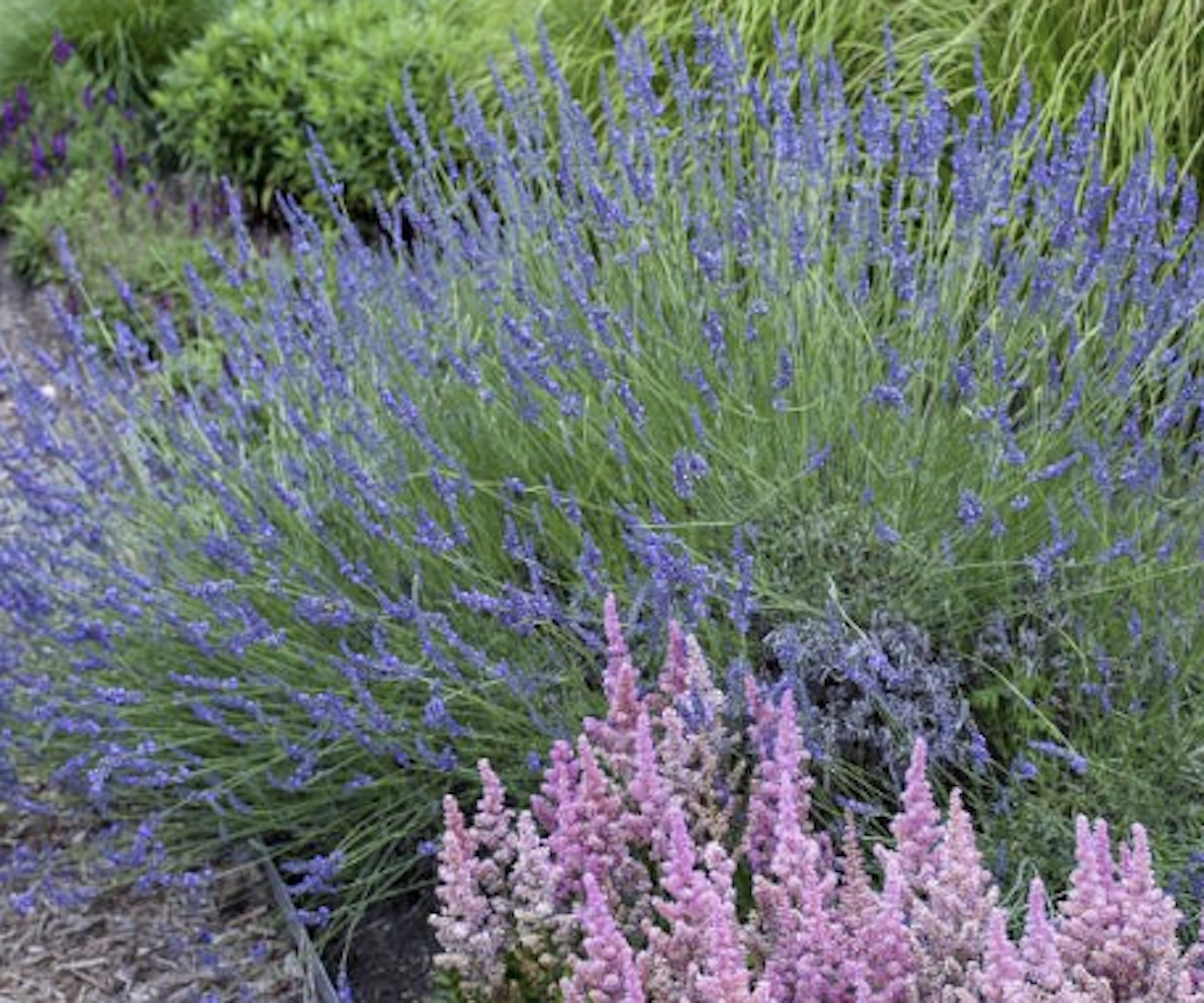
So much more than just a plant to make your patio smell nice, you can actually try landscaping with lavender to really inject some oomph into your minimalist garden without the planting appearing fussy.
You can find great value lavender starter plants from Walmart.
'Lavender may be the obvious choice but that’s for a good reason! Low maintenance, full of fragrance and great for pollinators, Lavender gives colour and structure which works well along paving edges and in gravel,' explains Ellen Mary.
Most lavender varieties are reliably hardy in USDA zones 5 to 9, flourishing in temperate gardens with well-drained soil and plenty of sun. Some resilient types can even withstand the chill of zones 3 and 4 when given proper winter protection.
That being said, be careful with heat-loving varieties such as French and Spanish lavender; these tend to prefer the milder winters and long summers of zones 8 to 11, where they truly come into their own (particularly if you include them in your Mediterranean patio ideas!).
9. Clumping plants
When it comes to the best plants for a minimalist garden, designer Linda Vater says to look for 'simple shapes, like the strappy, blade-like leaves on Clarity Blue™ Dianella, which thrives in USDA hardiness zones 8a to 11b, or the grass-like Platinum Beauty® Lomandra (hardy in USDA Zone 8-10) if you want a clean, minimalist look.
'The clumping habit on these two varieties gives structure to a minimalist garden when planted in rows, used in borders, or placed as a solo planting in elegant urns and containers,' she adds.
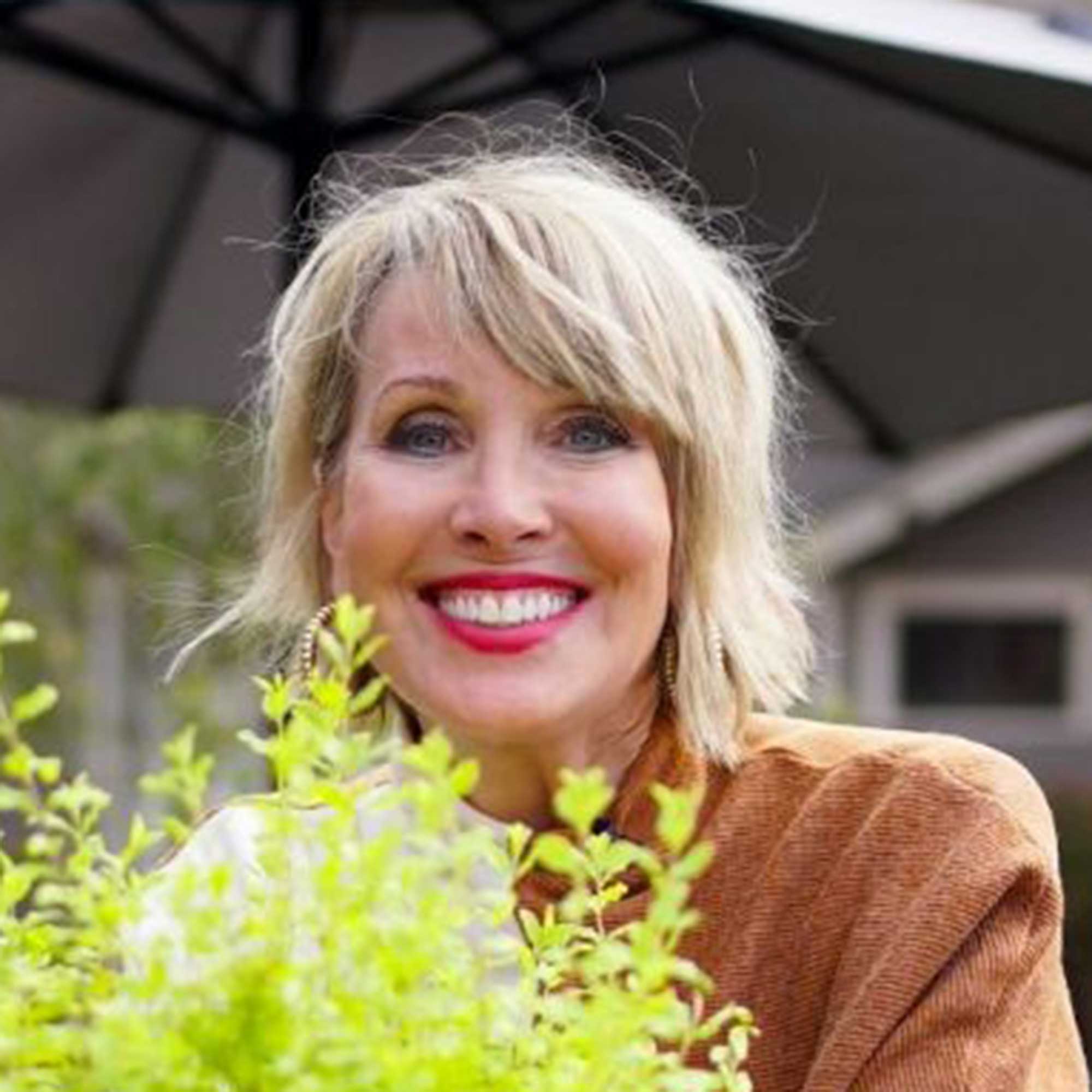
Linda is a self-taught garden designer, stylist, and content creator who views all of life through a gardening lens. The founder of a popular YouTube channel dedicated to gardening, Linda is also the author of several books, including her latest publication: The Garden Journal: A 5-Year Record Of Your Home Garden.
FAQs
What should you plant in a shady minimalist garden?
You can still have plants in a shady minimalist garden, so long as you think carefully about selecting those structural plants that will thrive in darker conditions.
'Most gardens will have an area of shade and in a minimalist garden one of the best plants to grow in part to full shade is the fern,' advises Ellen Mary Webster, noting that most ferns thrive in zones 4 to 9.
'There are many varieties which will provide texture, height, various shades of green and can grow well with other shade tolerant plants.'
Hostas, too, can thrive in shaded spots and USDA plant hardiness zones 3 through, so they're well worth considering – particularly as the glossy green leaves of these long lasting perennials lend themselves well to a minimalist planting scheme.
Now you have a good idea of the best plants for a minimalist garden, it's well worth sitting down and planning out exactly what's going to go where; thoughtfulness is, after all, the cornerstone to any good garden design.
Remember; texture and tone take centre stage in minimalist gardens, which is why they often lean on underrated evergreens, low-maintenance perennials, and slow-growing shrubs to ensure year-round appeal without constant upkeep.

Kayleigh Dray is an experienced writer and editor within the world of digital journalism. She writes for Homes & Gardens on a range of gardening topics, from chicken keeping to landscape design. She is currently giving her own backyard a woodland-inspired makeover – and there have been whispers of a vegetable plot, too.
You must confirm your public display name before commenting
Please logout and then login again, you will then be prompted to enter your display name.
